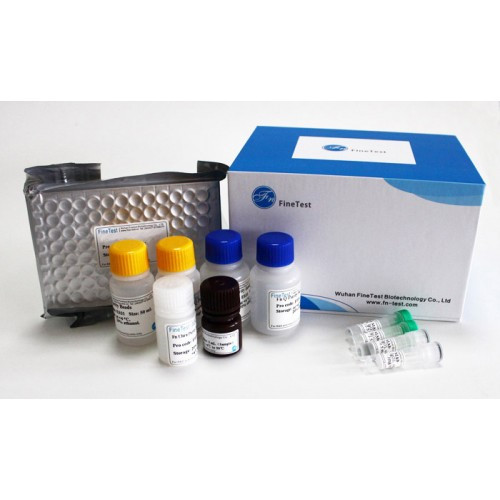Product Description
Recombinant Human 5'-AMP-activated protein kinase subunit beta-2 (PRKAB2) is available at Gentaur for Next week Delivery.
Gene Name: PRKAB2
Alternative Names :
Expression Region : 1-272aa
AA Sequence : MGNTTSDRVSGERHGAKAARSEGAGGHAPGKEHKIMVGSTDDPSVFSLPDSKLPGDKEFVSWQQDLEDSVKPTQQARPTVIRWSEGGKEVFISGSFNNWSTKIPLIKSHNDFVAILDLPEGEHQYKFFVDGQWVHDPSEPVVTSQLGTINNLIHVKKSDFEVFDALKLDSMESSETSCRDLSSSPPGPYGQEMYAFRSEERFKSPPILPPHLLQVILNKDTNISCDPALLPEPNHVMLNHLYALSIKDSVMVLSATHRYKKKYVTTLLYKPI
Sequence Info : Full Length
Tag Info : N-terminal GST-tagged
Theoretical MW : 57.3 kDa
Storage Buffer : Tris/PBS-based buffer, 5%-50% glycerol. If the delivery form is lyophilized powder, the buffer before lyophilization is Tris/PBS-based buffer, 6% Trehalose, pH 8.0.
Endotoxin Level : Not tested-
Biological Activity : Not tested
Storage : Short term: -20°C; Long term: -80°C. Minimize freeze and thaw cycles.
Research Area : Signal Transduction
Restriction : For Research Use Only. Not for use in diagnostic procedures, drug use, or for administration to humans or animals.
Relevance : Non-catalytic subunit of AMP-activated protein kinase (AMPK), an energy sensor protein kinase that plays a key role in regulating cellular energy metabolism. In response to reduction of intracellular ATP levels, AMPK activates energy-producing pathways and inhibits energy-consuming processes: inhibits protein, carbohydrate and lipid biosynthesis, as well as cell growth and proliferation. AMPK acts via direct phosphorylation of metabolic enzymes, and by longer-term effects via phosphorylation of transcription regulators. Also acts as a regulator of cellular polarity by remodeling the actin cytoskeleton; probably by indirectly activating myosin. Beta non-catalytic subunit acts as a scaffold on which the AMPK complex assembles, via its C-terminus that bridges alpha (PRKAA1 or PRKAA2) and gamma subunits (PRKAG1, PRKAG2 or PRKAG3).
Function : Non-catalytic subunit of AMP-activated protein kinase (AMPK), an energy sensor protein kinase that plays a key role in regulating cellular energy metabolism. In response to reduction of intracellular ATP levels, AMPK activates energy-producing pathways and inhibits energy-consuming processes
Involvement in disease :
Subcellular location :
Protein Families : 5'-AMP-activated protein kinase beta subunit family
Tissue Specificity :
Paythway : Adipocytokinesignalingpathway
Uniprot ID : O43741
 Euro
Euro
 British Pound
British Pound
 US Dollar
US Dollar








